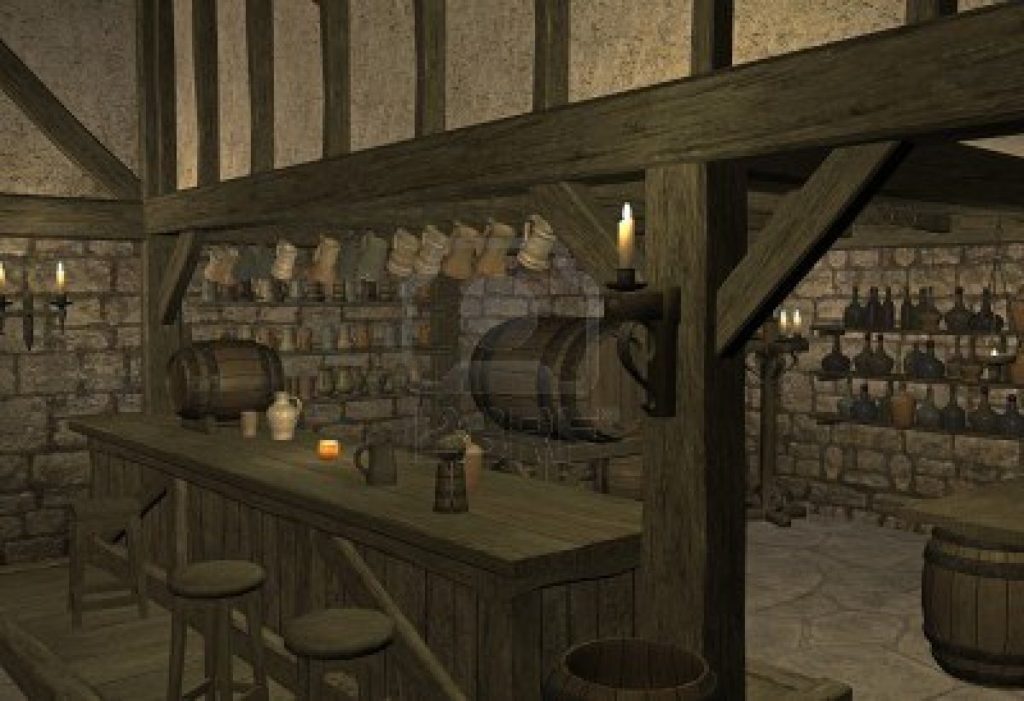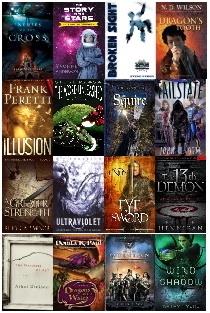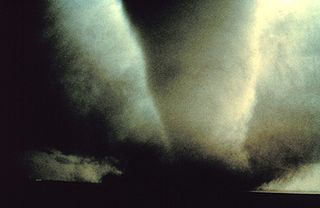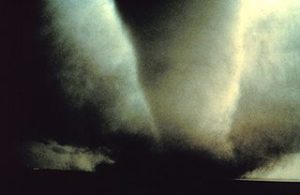Speculative Faith Reading Group 9: From Defeat, Final Victory
This very morning I re-read the end of The Lion, the Witch and the Wardrobe, and wept joyously like a child. Itâs embarrassing, perhaps, but if so I could stand more of this sense.
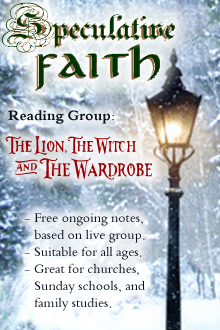 As youâll see in these final reading-group questions, this classic storyâs finale includes what J.R.R. Tolkien called a âeucatastrophe.â This is the opposite of âcatastrophe,â he said; in that a catastrophe brings sudden terrible horror out of goodness, but eucatastrophe brings, out of horror and defeat, great victory and eternal joy. Tolkien, of course, was a friend of Narnia author C.S. Lewis, and the two shared very Biblical and very truthful views of this concept.
As youâll see in these final reading-group questions, this classic storyâs finale includes what J.R.R. Tolkien called a âeucatastrophe.â This is the opposite of âcatastrophe,â he said; in that a catastrophe brings sudden terrible horror out of goodness, but eucatastrophe brings, out of horror and defeat, great victory and eternal joy. Tolkien, of course, was a friend of Narnia author C.S. Lewis, and the two shared very Biblical and very truthful views of this concept.
I coined the word âeucatastropheâ: the sudden happy turn in a story which pierces you with a joy that brings tears (which I argued it is the highest function of fairy-stories to produce). And I was there led to the view that it produces its peculiar effect because it is a sudden glimpse of Truth, your whole nature chained in material cause and effect, the chain of death, feels a sudden relief as if a major limb out of joint had suddenly snapped back. It perceives â if the story has literary âtruthâ on the second plane (….) â that this is indeed how things really do work in the Great World for which our nature is made. And I concluded by saying that the Resurrection was the greatest âeucatastropheâ possible in the greatest Fairy Story â and produces that essential emotion: Christian joy which produces tears because it is qualitatively so like sorrow, because it comes from those places where Joy and Sorrow are at one, reconciled, as selfishness and altruism are lost in Love.
â Letter 89, from The Letters of J.R.R. Tolkien (quoted at TolkienGateway.net)
 Even among the greatest stories, even among The Chronicles of Narnia, the finale of LWW is unique. Here are echoes of Resurrection, both of Aslan and of the Witchâs victims. Here is justice, then final victory, and celebration and feasting and joy. Yet here also is an echo of clear Godly truth: that at the end of this victory, Christâs people will reign physically, over a physical kingdom, having been personally appointed by Him to reflect His glory in this way.
Even among the greatest stories, even among The Chronicles of Narnia, the finale of LWW is unique. Here are echoes of Resurrection, both of Aslan and of the Witchâs victims. Here is justice, then final victory, and celebration and feasting and joy. Yet here also is an echo of clear Godly truth: that at the end of this victory, Christâs people will reign physically, over a physical kingdom, having been personally appointed by Him to reflect His glory in this way.
This first Narnia story not only ârepeatsâ these truths, stating them directly or by parallel. It shows them. In the authorâs descriptions, his glorying in âcutting looseâ and letting great evil be overcome by greater good, and in his wonder of the victory and sights and sounds and scents, we sense this same victory will come to our world. We donât merely believe it with our heads; we feel it with our hearts. And our desire increases.
Thus we donât simply read stories like this one to âescape,â or to remind ourselves of Biblical truths in memorable ways. Instead we read them to feel Godâs truths, to keep fighting, and to long for the New Heavens and New Earth.
Chapter 15: Deeper Magic from Before the Dawn of Time
- I hope no one who reads this book has been quite as miserable as Susan and Lucy were that night; but if you have beenâif youâve been up all night and cried till you have no more tears left in youâyou will know that there comes in the end a sort of quietness. You feel as if nothing was ever going to happen again. (page 158) Is that true of you? If so, do you notice how well this helps us âconnectâ to the story and characters? What thinking might you guess the author needed to do, to make such observations and connections?
- The sky in the east was whitish by now and the stars were getting fainterâall except one very big one low down on the eastern horizon. (page 160) In our world, what star would that be? Why might it be significant? What name and mythology is associated with it?
 The Chronicles of Narnia are not direct allegory, but a âsupposal.â As weâve seen, that means it contains allegorical elements, but is not all allegory; Narnian ârulesâ will be similar to those of our world, yet different. With that in mind, it seems Aslanâs death, and some signs associated with it, echo Christâs death and signs. So what do you think of the sunâs rising? The Stone Table cracking? Aslanâs body gone and the girlsâ reactions?
The Chronicles of Narnia are not direct allegory, but a âsupposal.â As weâve seen, that means it contains allegorical elements, but is not all allegory; Narnian ârulesâ will be similar to those of our world, yet different. With that in mind, it seems Aslanâs death, and some signs associated with it, echo Christâs death and signs. So what do you think of the sunâs rising? The Stone Table cracking? Aslanâs body gone and the girlsâ reactions?- Aslan is raised by âmore magicâ (page 162). Christ was raised miraculously. Are they different? Is âmagicâ according to story-world ârulesâ similar to âmiraclesâ in our world?
- Similarly, what is similar between the Deeper Magic and our worldâs âmagicalâ rules according to the Creator? Does it sound like the Deeper Magic would work every time itâs tried, or was established only for Aslanâs death? (Hint: the Stone Tableâs sign.)
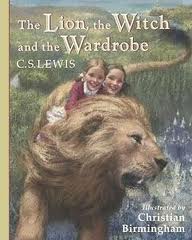 How do you feel reading about the romp, Aslanâs mighty roar, and the ride on his back?
How do you feel reading about the romp, Aslanâs mighty roar, and the ride on his back?
Chapter 16: What Happened About the Statues
- Aslan brings the stone statues to life. What Biblical truth seems to have inspired this?
- Answer: This is like resurrection, yet different in some ways. For example, Jesus raised people such as Lazarus to life, yet at some point Lazarus died again. Similarly, we can assume these creatures, such as Mr. Tumnus, will still die at some point. (Consider reading 1 Cor. 15: 35-58, and the whole chapter. This describes the future and final resurrection of Godâs people to have spiritual [perfected] physical bodies as He does.)
- About that other talking lion â no other talking lions are mentioned throughout the series. Could it be significant that Aslan first âresurrectsâ a creature much like himself?
- Here with the Giant, we find out what it was like to have been turned into stone. Just like falling asleep and remembering nothing, the Giant implies (page 169). How is this similar to the âstingâ of physical death in our world (1 Cor. 15:55)? How is it different?
- âIf the Witch is to be finally defeated before bedtime we must find the battle at once.â (Aslan speaking, page 174) âBefore bedtime,â he says. What seems clear from this?
- Soon all the dogs and lions and wolves ⊠(page 175). Look! Good wolves in Narnia?
- Favorite creatures? Lions? Centaurs? Dogs? Satyrs? Dwarfs? Tree-girls? The Giant?
- What âmusicâ do you hear while reading this scene, with resurrected creatures and shouts and celebration? What longings do these reinforce? How do these glorify God?
- What âmusicâ do you hear at the final battle? What anticipation does this scene arouse?
Chapter 17: The Hunting of the White Stag
- In all this celebration, with certain victory (see Aslanâs âbedtimeâ statement earlier!) now realized with the battleâs end, why this moment to correct Lucy (page 179)?
- [Edmund was] not only healed of his wounds but looking better than [Lucy] had seen him lookâoh, for ages; in fact ever since his first term at that horrid school which was where he had begun to go wrong. He had become his real old self again and could look you in the face. (page 180) Here, another factor for Edmundâs evil is said for the first time. Why might it be said here near the storyâs end? Does this help explain or excuse Edmund?
- Do you believe Edmund ever learns what Aslan did for him? Why not tell him now?
- And oh, the cry of the seagulls! Have you heard it? Can you remember? (page 181). We have never been to Narnia, and (we might guess) Lewis never has, either. Yet he speaks of it this way. How does this also make us dream and long for such a place or a world?
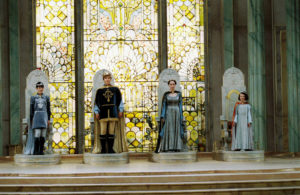 At last, Aslan crowns the four children kings and queens, and fulfills the prophecy. This is a famous ending of many fairy tales. Yet from which âfairy tale,â that is true Story, does this idea arise? Hereâs a hint from author Randy Alcorn: âGod never gave up His plan for us OR for earth. Romans 8 alone, even if we didnât have countless other passages in the prophets and gospels and epistles, is emphatic on the fact that Christâs redemptive work and the resurrection is not limited to us, but extends to the rest of His creation, which groans for the coming deliverance. As resurrected beings we will reign over a resurrected earth (with animals, culture, water, trees, fruit, buildings, etc.) with our resurrected Christ and each other for all eternity. As his stewards, and kings and queens under the King of Kings, weâll never exhaust the wonders of a universe created by an infinitely fascinating God. And certainly weâll never run out of things to do!â
At last, Aslan crowns the four children kings and queens, and fulfills the prophecy. This is a famous ending of many fairy tales. Yet from which âfairy tale,â that is true Story, does this idea arise? Hereâs a hint from author Randy Alcorn: âGod never gave up His plan for us OR for earth. Romans 8 alone, even if we didnât have countless other passages in the prophets and gospels and epistles, is emphatic on the fact that Christâs redemptive work and the resurrection is not limited to us, but extends to the rest of His creation, which groans for the coming deliverance. As resurrected beings we will reign over a resurrected earth (with animals, culture, water, trees, fruit, buildings, etc.) with our resurrected Christ and each other for all eternity. As his stewards, and kings and queens under the King of Kings, weâll never exhaust the wonders of a universe created by an infinitely fascinating God. And certainly weâll never run out of things to do!â- But amid all these rejoicings, Aslan himself quietly slipped away. (page 182) Why does he leave like this, without bidding goodbye or prophesying his next arrival? If you have read the rest of the Chronicles, compare this with the end of The Last Battle. Might it be a reminder that as wonderful as this story is, other battles and stories are yet to come? Might it remind us also that the absolute final victory-over-all-victories is still future?
- Mr. Beaver first says the famous words: âHeâs wild, you know. Not like a tame lion.â (page 182) Weâve already seen Aslan show this (and we even saw him, for the first and last time, contrasted with a Narnian talking âtame lionâ). How does this reflect Christ?
- Read the description of how the children as Kings and Queens ruled Narnia: ⊠and generally stopped busybodies and interferers and encouraged ordinary people who wanted to live and let live (page 183). How does this reflect our longing for good King-appointed leadership in the world? How might this be especially poignant at elections?
- What is the White Stag? How does he figure in Celtic mythology, and even Christian medieval mythology? âIn Celtic traditions, white stags represent messengers from the afterlife. Arthurian legend has it that the creature can never be caught — King Arthur’s pursuit of the animal represents mankind’s spiritual questâ (from a 2008 news article).
- Are you like me, when the Kings and Queens see the lamp-post and think they must go further? No! Donât go or youâll lose it all! Yet how does this âlossâ strengthen the story and remind us that the greater story, both in Narnia and in reality, hasnât yet ended?
































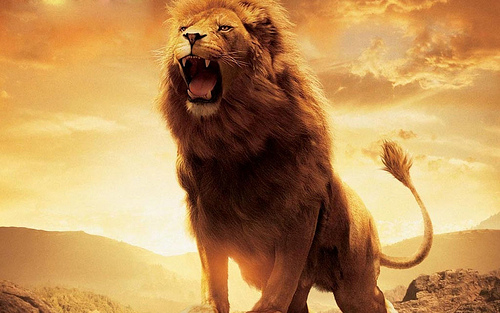
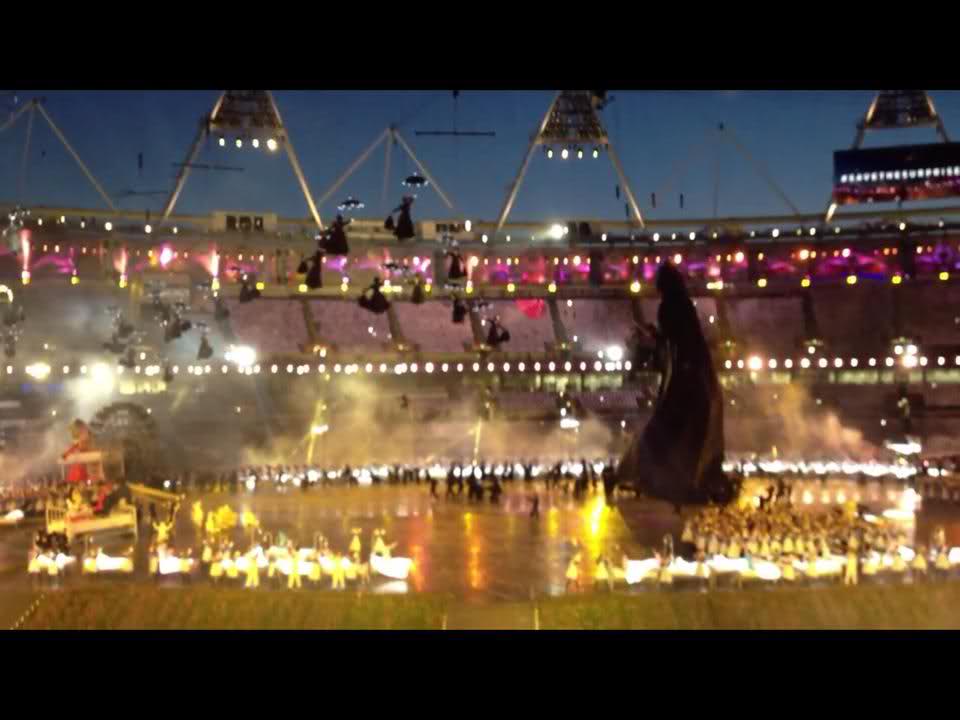

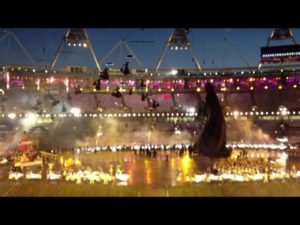
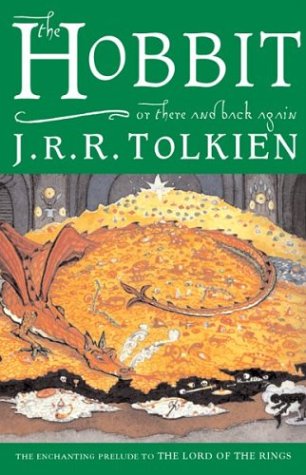

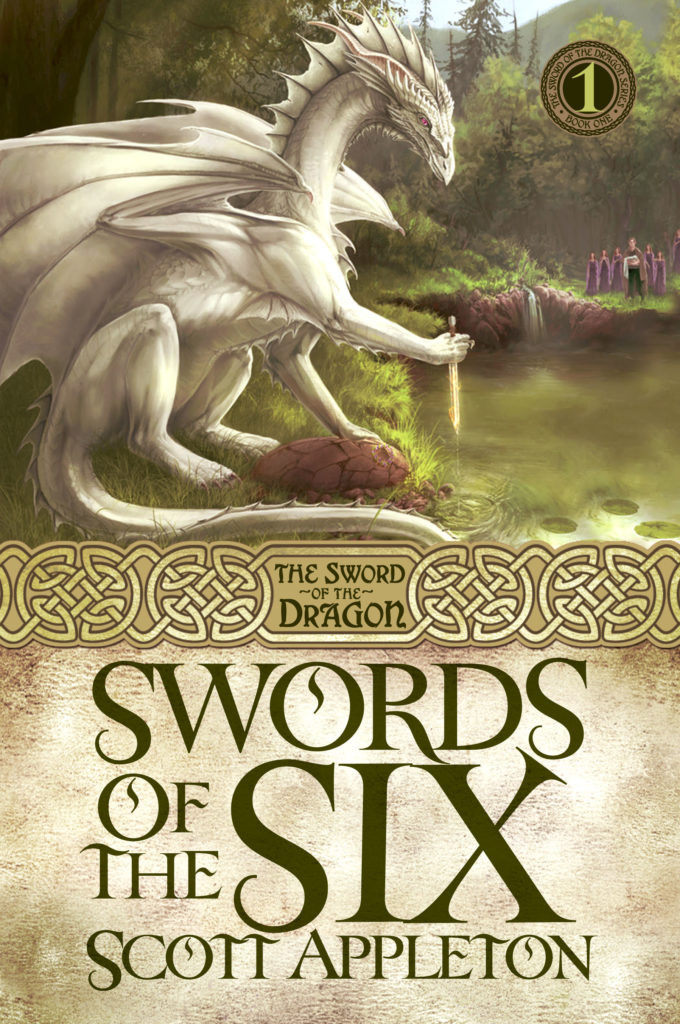
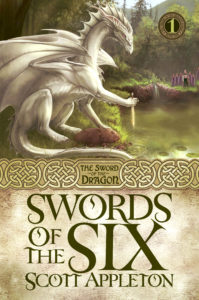


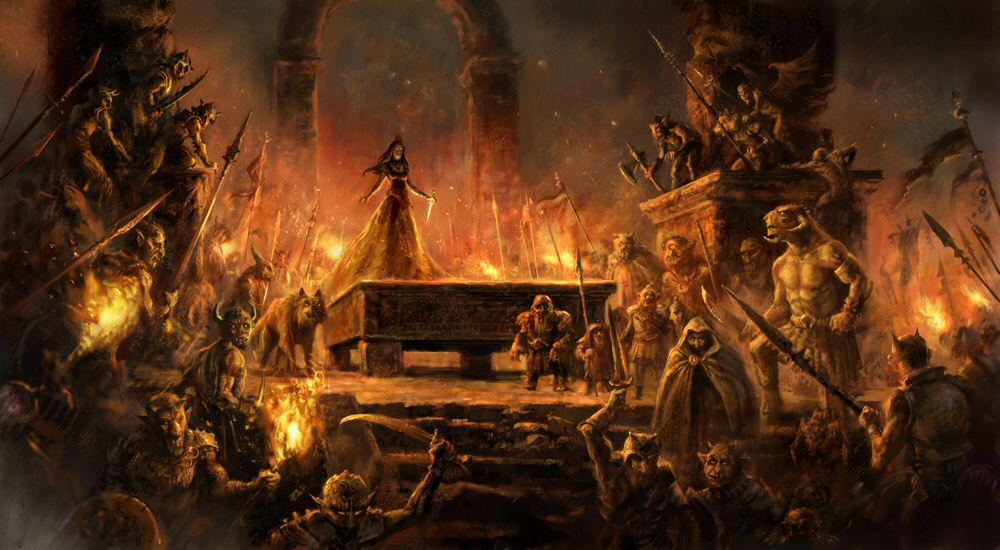

 At last Edmund is forgiven, after a conversation with Aslan to which we are not privy. What do you think Aslan said to him? Why does the author not show that conversation? And why do you think Aslan says âthere is no need to talk to him about what is pastâ (page 139)? Who was Edmundâs worst sin against â his brother and sisters, or Aslan?
At last Edmund is forgiven, after a conversation with Aslan to which we are not privy. What do you think Aslan said to him? Why does the author not show that conversation? And why do you think Aslan says âthere is no need to talk to him about what is pastâ (page 139)? Who was Edmundâs worst sin against â his brother and sisters, or Aslan?
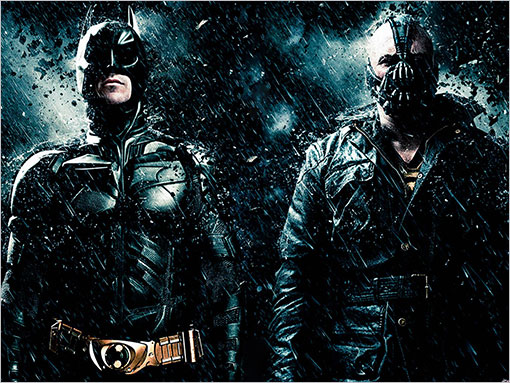
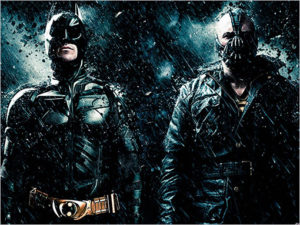 You may recognize some of those quotes. The first is from The Joker of The Dark Knight (2008) fame. Many have remarked how The Joker compares with Bane, one of the main villains of the recently released The Dark Knight Rises film. Thatâs what gives rise to my thoughts today. Many have said that Bane doesnât work as well as a villain, because The Joker was so iconically evil and Heath Ledgerâs performance so unparalleled. Those could be two reasons. But I suggest Bane doesnât work as well because he is not a spiritual villain.
You may recognize some of those quotes. The first is from The Joker of The Dark Knight (2008) fame. Many have remarked how The Joker compares with Bane, one of the main villains of the recently released The Dark Knight Rises film. Thatâs what gives rise to my thoughts today. Many have said that Bane doesnât work as well as a villain, because The Joker was so iconically evil and Heath Ledgerâs performance so unparalleled. Those could be two reasons. But I suggest Bane doesnât work as well because he is not a spiritual villain.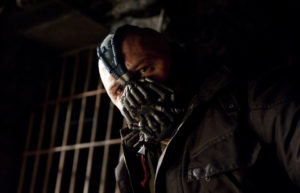 I donât intend to fill this column with TDKR spoilers, yet some spoilers about Bane may be necessary here. This powerful mercenary, who survives on painkillers and growls in a sing-song, cultured and throbbing timbre, is clearly shown as evil. At least one character even tells him so. (Spoiler.) Eventually Baneâs plan nearly comes to fruition: his terrorists attack Gotham City, taking it hostage, and nearly destroy the metropolis. (Heavier spoiler.) He also easily defeats Batman in battle, casts him into prison, and vows to make him suffer.
I donât intend to fill this column with TDKR spoilers, yet some spoilers about Bane may be necessary here. This powerful mercenary, who survives on painkillers and growls in a sing-song, cultured and throbbing timbre, is clearly shown as evil. At least one character even tells him so. (Spoiler.) Eventually Baneâs plan nearly comes to fruition: his terrorists attack Gotham City, taking it hostage, and nearly destroy the metropolis. (Heavier spoiler.) He also easily defeats Batman in battle, casts him into prison, and vows to make him suffer. The Joker is axiomatically evil. Unlike Bane, he has no backstory. As explored in
The Joker is axiomatically evil. Unlike Bane, he has no backstory. As explored in  Yes, Iâll keep reading Madeleine LâEngleâs works, because many have promised they do get better, in style if not in substance. But based on the first bookâs evil thing (see, I canât even remember the name of that villainous, Star Trek: The Original Series-like God-like Entity), Iâm not expecting much more worst-case-for-evil, visceral villainy that is spiritual.
Yes, Iâll keep reading Madeleine LâEngleâs works, because many have promised they do get better, in style if not in substance. But based on the first bookâs evil thing (see, I canât even remember the name of that villainous, Star Trek: The Original Series-like God-like Entity), Iâm not expecting much more worst-case-for-evil, visceral villainy that is spiritual.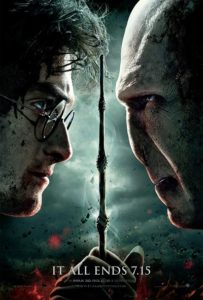 The Dark Lord would not be nearly as interesting and spiritual a villain if he did not have such links with Harry Potter himself. I wonât go into spoilers, for those who havenât yet read the series â and they really should, for Rowling, despite whatever faith she holds, fleshes out very Christian and redemptive concepts more powerfully than LâEngle in
The Dark Lord would not be nearly as interesting and spiritual a villain if he did not have such links with Harry Potter himself. I wonât go into spoilers, for those who havenât yet read the series â and they really should, for Rowling, despite whatever faith she holds, fleshes out very Christian and redemptive concepts more powerfully than LâEngle in 